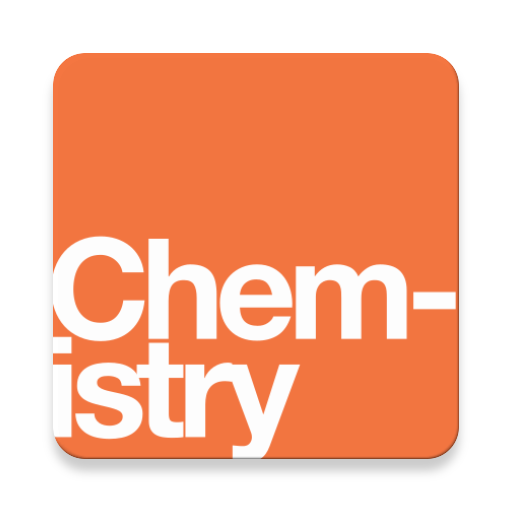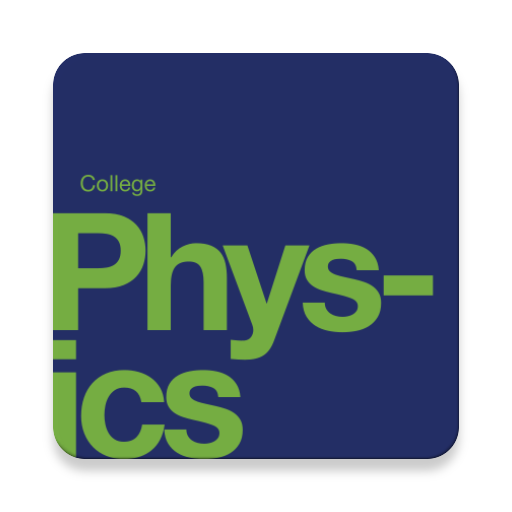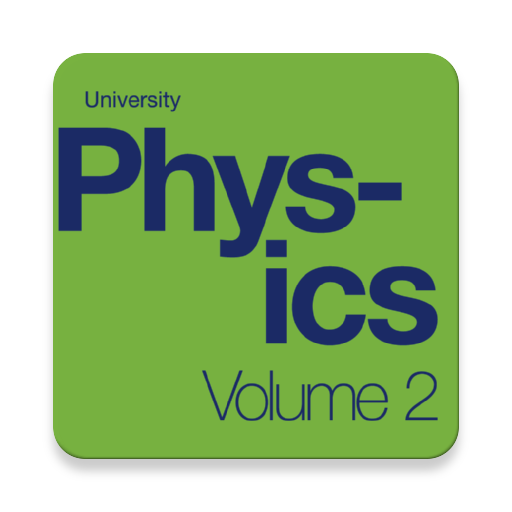

Chemistry Interactive Textbook, MCQ & Test Bank
Gioca su PC con BlueStacks: la piattaforma di gioco Android, considerata affidabile da oltre 500 milioni di giocatori.
Pagina modificata il: 18 marzo 2018
Play Chemistry Interactive Textbook, MCQ & Test Bank on PC
Chemistry is designed to meet the scope and sequence requirements of the two-semester general chemistry course. The textbook provides an important opportunity for students to learn the core concepts of chemistry and understand how those concepts apply to their lives and the world around them. The book also includes a number of innovative features, including interactive exercises and real-world applications, designed to enhance student learning.
* Complete Textbook by OpenStax
* Multiple Choices Questions (MCQ)
* Essay Questions Flash Cards
* Key-Terms Flash Cards
Powered by QuizOver.com the leading online quiz creator
https://www.quizover.com
1. Essential Ideas
1.3. Physical and Chemical Properties
1.5. Measurement Uncertainty, Accuracy, and Precision
1.6. Mathematical Treatment of Measurement Results
2. Atoms, Molecules, and Ions
2.1. Early Ideas in Atomic Theory
2.2. Evolution of Atomic Theory
2.3. Atomic Structure and Symbolism
2.4. Chemical Formulas
2.5. The Periodic Table
2.6. Molecular and Ionic Compounds
2.7. Chemical Nomenclature
3. Composition of Substances and Solutions
3.1. Formula Mass and the Mole Concept
3.2. Determining Empirical and Molecular Formulas
3.3. Molarity
3.4. Other Units for Solution Concentrations
4. Stoichiometry of Chemical Reactions
4.1. Writing and Balancing Chemical Equations
4.2. Classifying Chemical Reactions
4.3. Reaction Stoichiometry
4.4. Reaction Yields
4.5. Quantitative Chemical Analysis
5. Thermochemistry
5.1. Energy Basics
5.2. Calorimetry
5.3. Enthalpy
6. Electronic Structure and Periodic Properties of Elements
6.1. Electromagnetic Energy
6.2. The Bohr Model
6.3. Development of Quantum Theory
6.4. Electronic Structure of Atoms (Electron Configurations)
6.5. Periodic Variations in Element Properties
7. Chemical Bonding and Molecular Geometry
7.1. Ionic Bonding
7.2. Covalent Bonding
7.3. Lewis Symbols and Structures
7.4. Formal Charges and Resonance
7.5. Strengths of Ionic and Covalent Bonds
7.6. Molecular Structure and Polarity
8. Advanced Theories of Covalent Bonding
8.1. Valence Bond Theory
8.2. Hybrid Atomic Orbitals
8.3. Multiple Bonds
8.4. Molecular Orbital Theory
9. Gases
9.1. Gas Pressure
9.2. Relating Pressure, Volume, Amount, and Temperature: The Ideal Gas Law
9.3. Stoichiometry of Gaseous Substances, Mixtures, and Reactions
9.4. Effusion and Diffusion of Gases
9.5. The Kinetic-Molecular Theory
9.6. Non-Ideal Gas Behavior
10. Liquids and Solids
10.1. Intermolecular Forces
10.2. Properties of Liquids
10.3. Phase Transitions
10.4. Phase Diagrams
10.5. The Solid State of Matter
10.6. Lattice Structures in Crystalline Solids
11. Solutions and Colloids
11.1. The Dissolution Process
11.2. Electrolytes
11.3. Solubility
11.4. Colligative Properties
12. Kinetics
12.1. Chemical Reaction Rates
12.2. Factors Affecting Reaction Rates
12.3. Rate Laws
12.4. Integrated Rate Laws
12.5. Collision Theory
12.6. Reaction Mechanisms
12.7. Catalysis
13. Fundamental Equilibrium Concepts
13.1. Opener
13.2. Chemical Equilibria
13.3. Equilibrium Constants
13.4. Shifting Equilibria: Le Châtelier’s Principle
13.5. Equilibrium Calculations
14. Acid-Base Equilibria
14.1. Brønsted-Lowry Acids and Bases
14.2. pH and pOH
14.3. Relative Strengths of Acids and Bases
14.4. Hydrolysis of Salt Solutions
14.5. Polyprotic Acids
14.6. Buffers
14.7. Acid-Base Titrations
15. Equilibria of Other Reaction Classes
15.1. Precipitation and Dissolution
15.2. Lewis Acids and Bases
15.3. Multiple Equilibria
16. Thermodynamics
16.1. Spontaneity
16.2. Entropy
16.3. The Second and Third Laws of Thermodynamics
16.4. Free Energy
17. Electrochemistry
18. Representative Metals, Metalloids, and Nonmetals
19. Transition Metals and Coordination Chemistry
20. Organic Chemistry
21. Nuclear Chemistry
Gioca Chemistry Interactive Textbook, MCQ & Test Bank su PC. È facile iniziare.
-
Scarica e installa BlueStacks sul tuo PC
-
Completa l'accesso a Google per accedere al Play Store o eseguilo in un secondo momento
-
Cerca Chemistry Interactive Textbook, MCQ & Test Bank nella barra di ricerca nell'angolo in alto a destra
-
Fai clic per installare Chemistry Interactive Textbook, MCQ & Test Bank dai risultati della ricerca
-
Completa l'accesso a Google (se hai saltato il passaggio 2) per installare Chemistry Interactive Textbook, MCQ & Test Bank
-
Fai clic sull'icona Chemistry Interactive Textbook, MCQ & Test Bank nella schermata principale per iniziare a giocare




